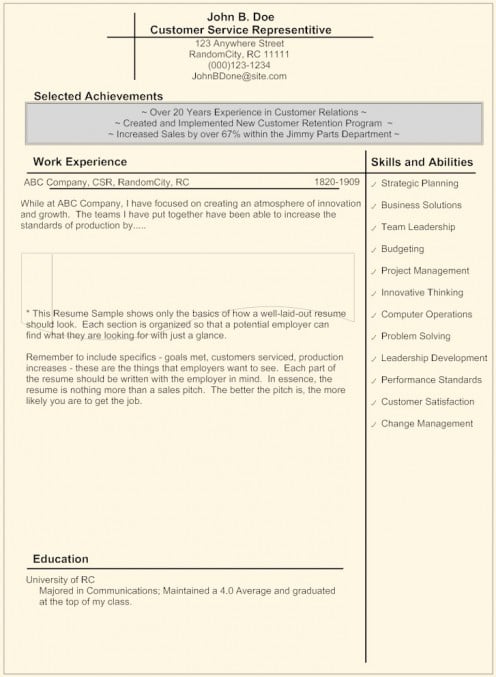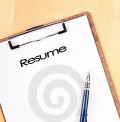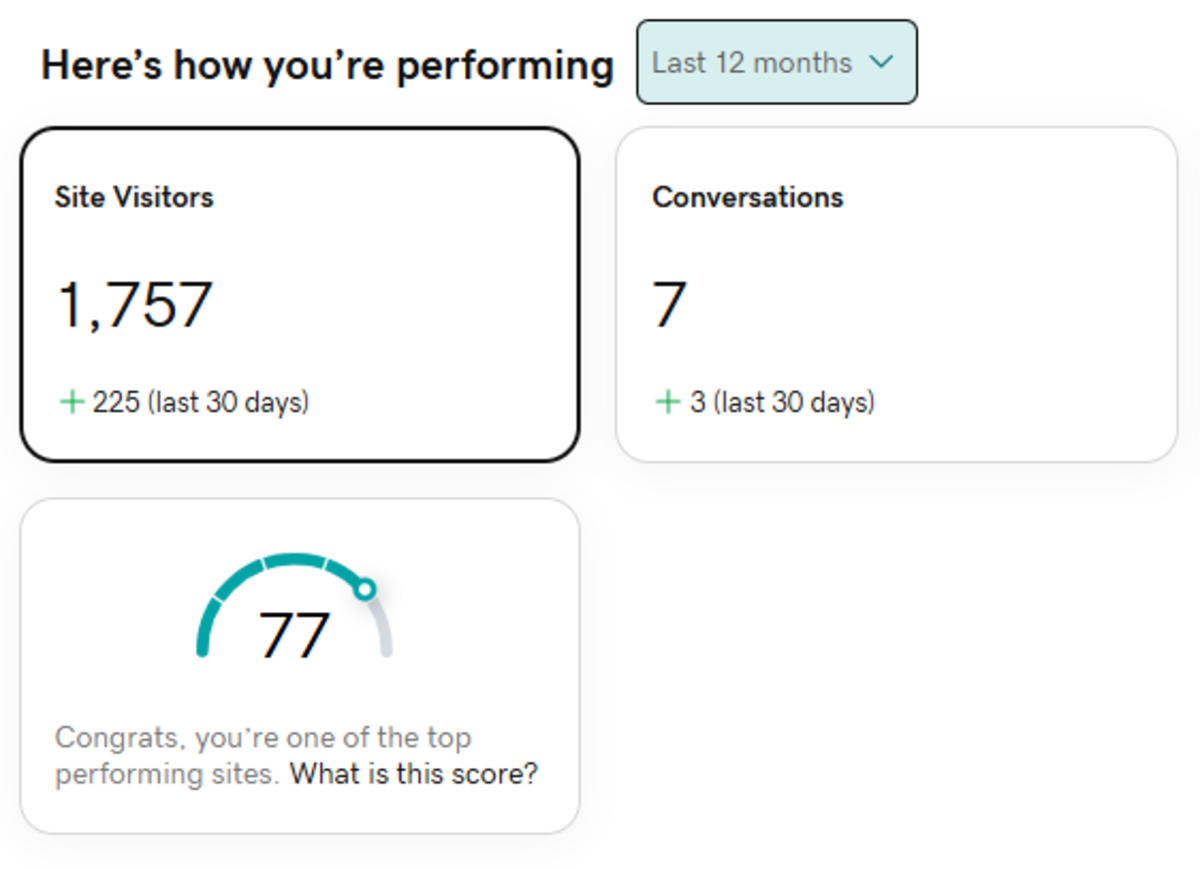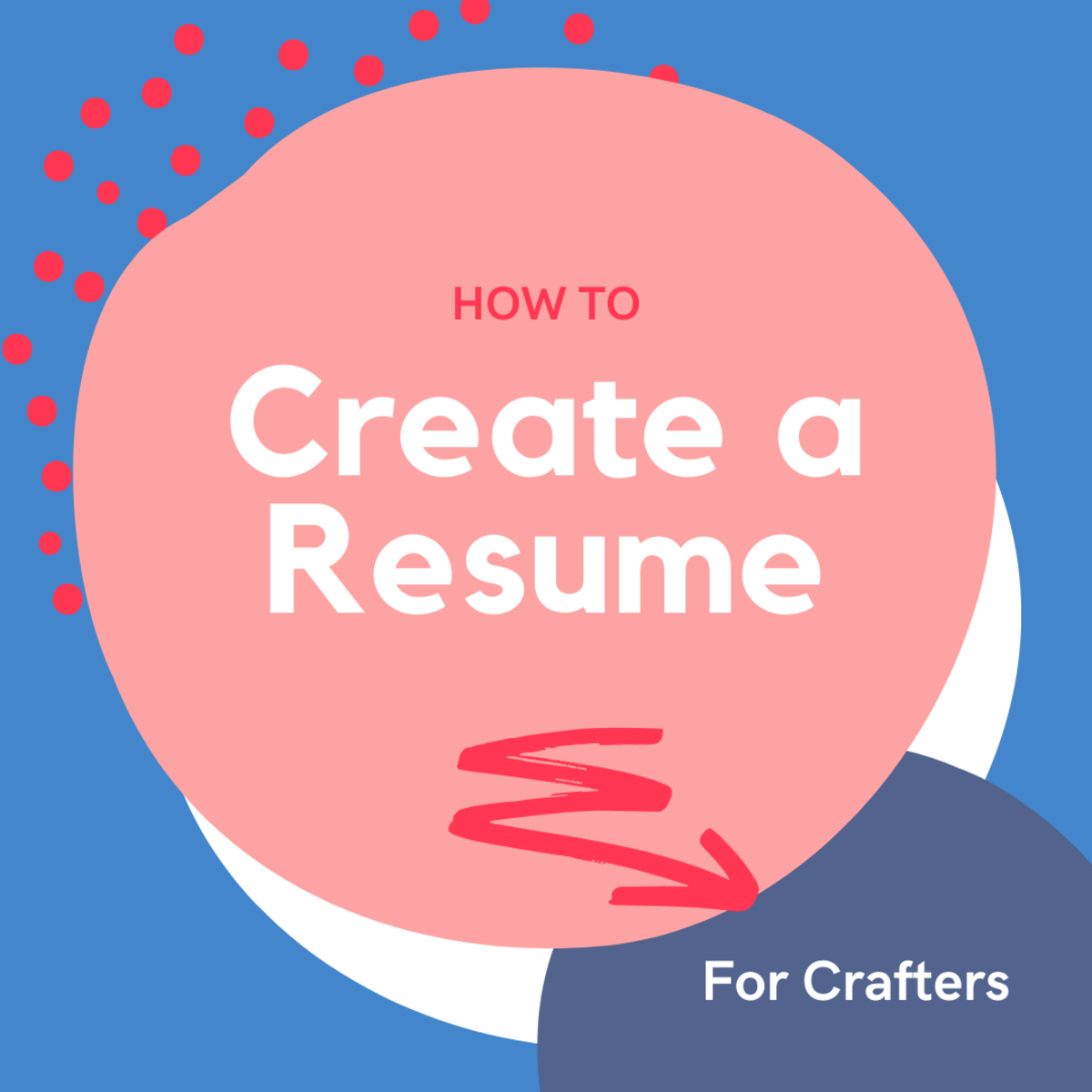How Can I Create a Successful Resume: Tips You Should Know
With todays unemployment numbers skyrocketing and thousands clinging desperately to the idea that they will soon have a job, it is imperative that job seekers make best use of all the tools they have in their arsenal.
Start to finish, the process of getting a job is both tiresome and frustrating. Months go by without a single callback, meanwhile, whatever savings accumulated through the years are now dwindling to nothing. It is heartbreaking to watch, but there is always hope.
In order to get a job, one must approach the job hunt as if it were a job in itself. All too often, those looking for a job tend to look only when they feel like it. Most only spend an hour a day actively looking and the rest of the time merely wishing. The first step in getting a job is not to send out hundreds of applications and resumes, but rather, it is to create a plan.

The planning process
To begin the planning process, one must ask themselves, "What is it that I am looking for?" If you do not know where you are going, how will you ever know how to get there? Take time to discover what your strengths and weaknesses are. What are you good at? What do you enjoy doing? In what kind of job would you like to see yourself? Once you have figured out what you want to be doing, then it is time to get down to the hard work of getting a job.
First, set down a schedule, as if you were already employed, then outlines what tasks need to be completed each day. For example, if you set a typical business schedule of nine to five, section off each hour into blocks. For the first three hours, from 9:00 a.m. until lunch, review online job listings and apply as necessary. After lunch, from 1:00 p.m. until 3:00 p.m., make phone calls to businesses that are in your career field. At the end of the day, from 3:00 p.m. until 5:00 p.m., work on writing and sending out resumes and cover letters.
Next, gather the tools that you will need. Create a notebook that lists the places you’ve called, when you’ve called, and what date that you should check back with the employer. Set up accounts on all of the top online job databanks, as well as a LinkedIn account and a Facebook account. Use these accounts to network with other people in your field – one never knows when a job opportunity will arise from these accounts.
Finally, work on creating a stunning and unique resume. Typically, your resume is the first impression that a potential employer will see of you. Face-to-face meetings with the person who will actually hire you is always preferred, but this is not always what happens in the real world.
Your Resume: Before you Begin to Write
As you continue through the job hunting process, keep in mind how a potential employer looks at your resume. Typically, a company that is hiring for a specific position receives hundreds of resumes a day. Many companies have H.R. teams or receptionists go through these resumes before the hiring manager even sees them.
Most of those resumes will be dumped because either they don’t meet the needs of the company or the job seekers haven’t presented themselves well enough to merit an interview. Occasionally, personal jealousy’s and ambitions come into play. Maybe the receptionist wants the job that you’re applying for, and tries to sabotage the interview process in her favor. While this is rare, it does happen. It is always best, if possible, to present your resume directly to the hiring manager to ensure that they actually see it.
A well-written resume is crucial for gaining those all-important job interviews. Resumes should always contain the basics: Name and contact information, Work experience, Education, and abilities. Simply writing these things out in a standard resume form won’t get a job. Remember, hundreds of resumes are looked at a day, and most follow this same format. The key is to make your resume stand out among the masses.

Your Resume: Writing the Resume for the Employer
When an employer looks at a resume, they are asking themselves several questions. First, if I hire this person, are they going to be reliable or are they going to leave within six months. Remember, it costs the company money and time to train new employees, so they want to make sure that they get their money’s worth. Next, what kind of performance am I going to get out of this person? An employer isn’t going to hire someone who has no record of accomplishment. They want to see someone who has made an impact in their previous jobs. Finally, is the person a good fit for the company? The job seeker may be well qualified in his own field, but if they do not have any transferable skills to bring to the company they are applying for then they won’t receive a second thought.
So what does this mean to the job seeker? Instead of preparing the resume in the bland, traditional way, a job seeker must learn to prepare the resume with the employer in mind.
Let’s take each section of the resume and examine it more closely.
The Heading
From an employer’s standpoint, the first thing they see on your resume as the heading. Obviously, this should consist of your name, phone number, address, and e-mail address, but it should be laid out in a way that attracts attention. Using a standard font, make sure that your name stands out in large, bold letters. The size of the name should only be slightly larger than the rest of the page, but not overwhelmingly so. The rest of the heading should appear in normal text. Either center or right-justify the heading so that it is not covered by pages or notes that are attached to it. One may omit the address if it can be seen as a negative by the employer. Most employers will not hire someone who they believe may have problems getting to work on time.
Remember, the heading should be both classy and striking. Much of the résumé’s impact will come from both its appearance as well as its content. Appearance is what entices the employer to read the resume, while content is what entices the employer to hire.
The “Selected Achievements” Section
This should not be confused with the work experience or job skills section. In fact, this section is what you will use to stand out among the throngs of other job seekers.
Thinking back through your work history, pick out three or four of your greatest measurable accomplishments. For example, this could be an accomplishment such as increasing sales by 100%, or reducing expenses by 50% - this is where you really get to brag about what you’ve done. If you have a long history of experience in the field, be sure to include that as an accomplishment. For example, in this section you would state, “Over 20 years experience in customer relations.”
When the employer asks, “What can this person achieve for me and the company?”, this section will quickly answer that for them with just a quick glance. Remember, employers have more to do throughout the day than to stare at resumes. This section should contain only your most important achievements, you will have time later to go into more detail. Keep this list down to either three or five lines. (For some reason, studies have shown that odd numbered lines have more of an impact in getting a job. I don’t claim to understand why, but I know it has worked for many of the resumes that I have prepared for people in the past.) Including the number of years of work experience is an added bonus as well. When an employer asks, “Is this person dependable?”, that one line sentence should answer their question immediately.
The “Skills and Abilities” Section
This is exactly what the title implies: a list of transferable skills and abilities that you possess that potential employers are looking for. Typically, it is best to format this in a way that it takes up minimal space while providing the most impact. Pick no more than ten desirable skills. These should be skills that are relevant to the company. If you can type 150 words per minute, but the company is looking for someone to do construction work, then your typing skills are irrelevant. Remember, your resume should cater to the hiring manager, instead of randomly showing off talent.
The “Work Experience” section
For most employers, this is the “meat” of the resume. In this section, employers will gain insight into what you have done in the past. This is also the section that causes the job seeker to lose that ever-important interview.
Generally, most people simply list out what duties they performed in their previous jobs. If one stops to think like an employer, then one quickly sees the problem with this type of approach. “Supervised over 150 employees” doesn’t tell the employer anything. The employer wants to know more: “Ok, great, so the applicant managed 150 people, but how effective were they? Did they meet their goals? Were they well satisfied with their jobs? What was their turn-over?”
Instead of listing the duties that you performed, turn that data into valuable information. Instead, list accomplishments. When an employer reads, “Motivated 150 employees to increase production by 35% over six months by allowing them the opportunity to innovate new methods of assembly.”, they immediately know that the applicant is not only an excellent supervisor, but would also be an asset to the company. For each company, pick three to five major accomplishments that best describe what you did. Be sure to list the name of the company, your position, and your dates of employment. Again, remember to think about the questions that the potential hiring managers are asking themselves.
The “Educational Background” section
In many fields, this is not as important in getting a job as it once was. Many employers are now looking for real-world experience, rather than classroom learning. Sometimes, it is better to omit this section, especially if either you don’t have a college degree or your experience overshadows it.
If, however, you have little job experience and a decent amount of education, this section becomes crucial. This section should be treated with the same respect that the “Work Experience” section was. List what areas of study that you focused on, and include whatever achievements you gained in your studies. For example, if you wrote a 20-page dissertation on commercial capitalism, and was required to interview a couple dozen leaders in the field, be sure to include that.
Moving Forward
Now that you have all the tools needed for a successful job hunt, it’s time to put those tools to use. Sometimes, looking for a job can seem like an endless cycle of application and rejection. Acquiring that perfect job won’t happen overnight; these things take time. You may have to settle for a job that you’re over-qualified for, but remember, it’s only temporary. Don’t give up, and keep on trying. Success only visits those who seek it.
© 2010 Eric and Sierra Standridge








